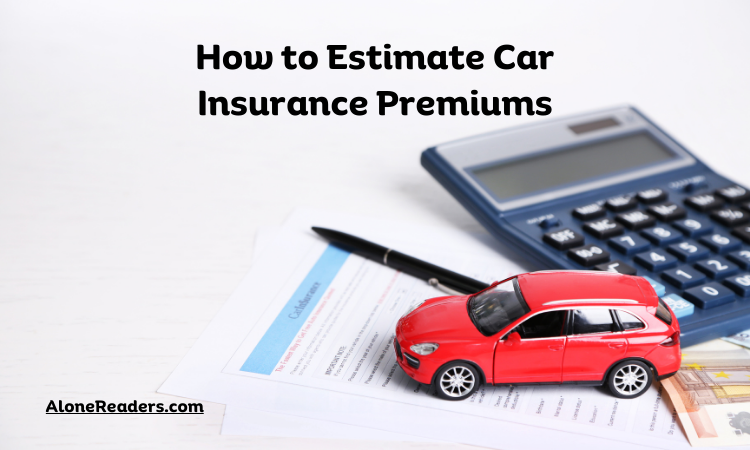
Car insurance premiums are influenced by a variety of variables, so knowing what can influence your rates may help you determine how much you'll spend for coverage. The nationwide average price of car insurance in 2023 is $2,014 for full coverage and $622 for the minimal amount of coverage. Depending on your specific rating variables and the coverage options you select, your prices could vary significantly.
Cost increases will be passed on to policyholders by insurers as they occur. Some of the important elements that determine your car insurance premium include the following:
Your car insurance policy will often cost more the more coverage you select and the higher the limits.
Minimum coverage
A policy may contain several different coverage categories. Although most states only need you to get the bare minimum amount of insurance, each state has its own insurance rules that specify what kind and how much of it you must buy. Although it's sometimes the cheapest option, state-required coverage offers less financial protection in the event of an accident. For a greater price, you could opt to purchase liability limits over the bare minimums required by your state.
Full coverage
Full coverage, which includes comprehensive and collision coverage, is an additional option. In contrast to minimal coverage insurance, these types of car insurance include protection from damage to your vehicle from a variety of events, such as theft, vandalism, hail, or hitting a stationary object, or vehicle. You will probably need to buy complete coverage if you have a loan or lease in order to safeguard the lender's asset. Your car insurance premium will typically be greater than if you only obtained the basic minimum coverage because you are adding more coverage.
Optional coverage
Last but not least, several coverage options are typically optional. Optional coverage can help with your specific situation. Do you drive an unreliable vehicle? Consider getting some roadside assistance. Are you financing or leasing your car? If your new car is stolen or totaled in a covered accident, gap insurance will cover the difference between what you owe on it and what it is currently worth.
You may be able to create an estimate for yourself by taking into account the following now that you are aware of the elements that affect your car insurance premium:
You can start seeking quotes and comparing insurers once you've considered each of the above factors. The best way to determine your car insurance premium with accuracy is to request a quote.
It might be more effective to compare car insurance premiums. Here are a few things to think about while comparing car insurance quotes.
Your location, driving history, kind of vehicle, coverage types and levels you select, and any available discounts all impact your car insurance premium. Additionally, each insurance company has its own rating system and gives a distinct weight to each rating element. Based on the typical premiums in your state and your knowledge of your rating criteria, you might be able to obtain a general sense of what you should expect to spend, but getting quotes from different providers is probably the most accurate way to know exactly how much will be your car insurance premium.